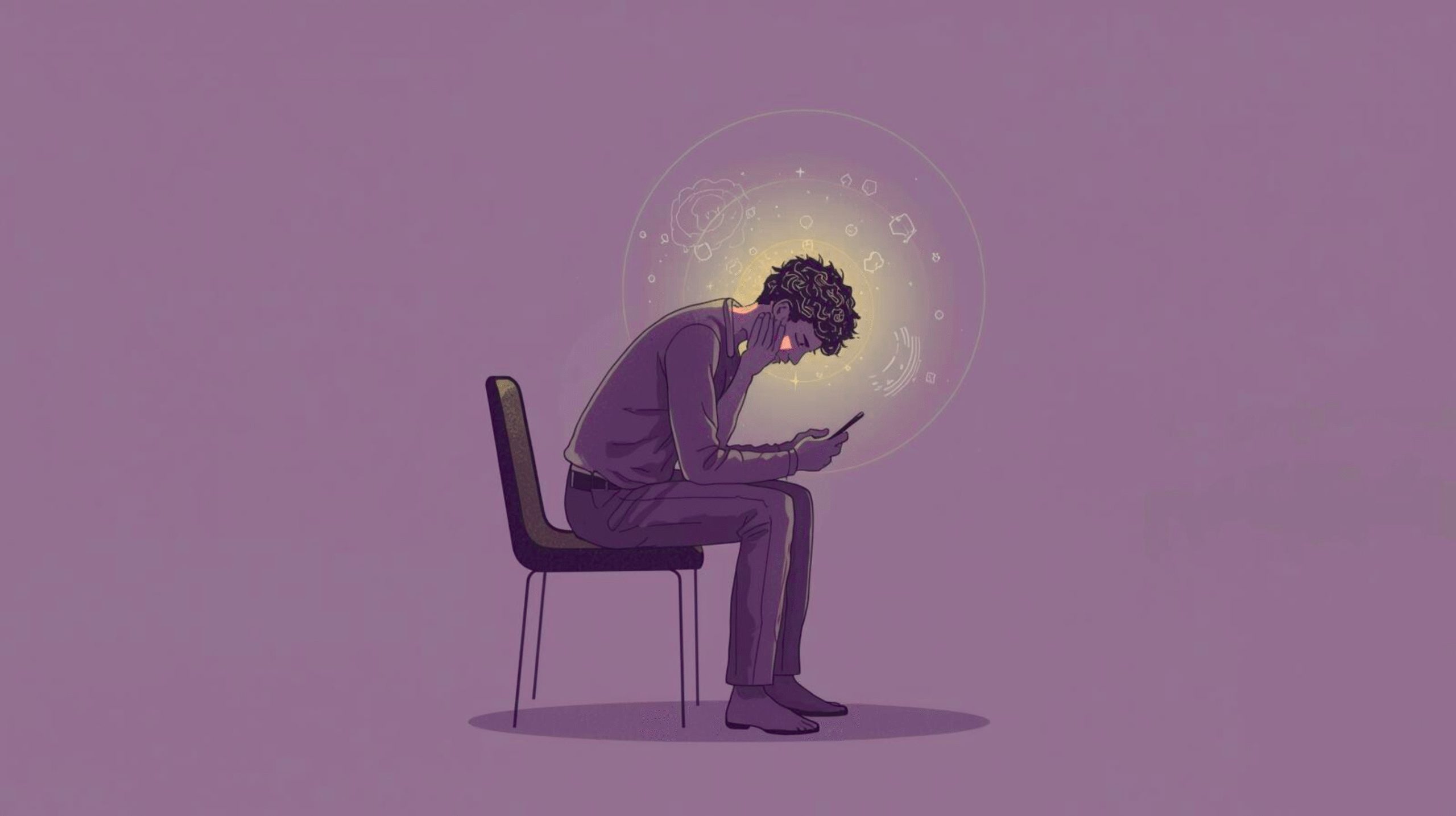By 2020, spinal surgeons began reporting a rise in a new diagnosis “tech neck.” Patients as young as teenagers were arriving with cervical spine degeneration once seen mostly in middle age. But the hidden cost wasn’t just physical. It was psychological.
Every time you tilt your head forward to check your phone, you don’t just strain your spine, you strain your mind.
The Mechanics of Tilted Living
A human head weighs around 5 kilograms when upright. At a 60-degree tilt the angle many of us hold while scrolling the force on the neck multiplies to nearly 30 kilograms, the equivalent of a small child sitting on your shoulders.
- Breath Restriction: The forward tilt narrows the chest, encouraging shallow breathing.
- Nervous System Overload: Shallow breath keeps the sympathetic nervous system in overdrive, mimicking stress.
- Mental Drain: The brain works harder to focus with limited oxygen and constant low-level strain.
The result is not just neck pain, but mental fatigue, irritability, and brain fog.
Everyday Traps of Tech Neck
It isn’t just scrolling. The same posture shows up in:
- Binge-watching shows on laptops.
- Gaming marathons.
- Long email sessions on phones.
Each seems harmless. Together, they write stress into your body’s blueprint.
Clues You’re in the Tech Neck Cycle
- Midday headaches that start behind the eyes.
- Mood swings after long screen time.
- Feeling foggy despite enough rest.
- Photos where your head juts forward like a question mark.
These are the whispers of a nervous system under strain.
A Two-Minute Reset
The antidote is as simple as the problem:
- 20-20-20 Rule: Every 20 minutes, look 20 feet away for 20 seconds.
- Phone at Eye Level: Lift the device, don’t drop your head.
- Breath Break: Inhale deeply, expand the ribcage, exhale fully.
- Neck Mobility: Gentle rolls to restore circulation.
These aren’t workouts, they’re nervous system reminders.
The Bigger Lesson
“Tech neck” sounds trivial, but it’s a vivid example of how tiny, invisible habits can quietly erode mental and physical health.
So here’s the question worth sharing: If the way you tilt your head to check a message can drain your energy and clarity, what other daily micro-habits are silently shaping your future?
Co- authored by: Shayamal Vallabhjee
Chief Science Officer: betterhood
Shayamal is a Human Performance Designer who works at the intersection of psychology, physiology, and human systems design, for the last 25 years he is helping high-performing leaders, teams, and athletes thrive in environments of stress, complexity, and change. His work spans across elite sports, corporate leadership, and chronic health—and is grounded in the belief that true performance isn’t about pushing harder, but designing better.




















